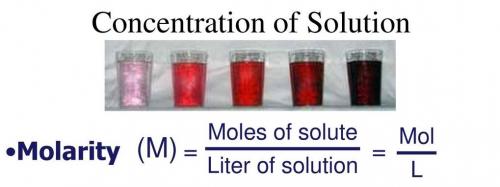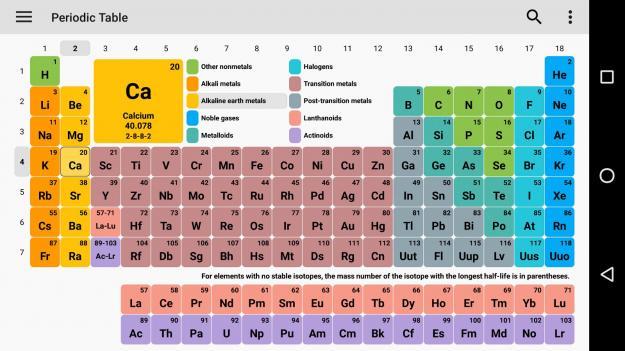Answer: b. gas, liquid, solid
Explanation: gas => liquid => solid
Solid bodies - molecules are stationary, form a crystal lattice, constant shape and volume. Liquids are a constant volume, take the form of a vessel in which they are located (molecules flow into the voids formed). Gases do not have a constant shape or volume (they take the shape and volume of the vessel in which they are located), the molecules actively interact with each other.
 4
4
Question 1's answer is gas, liquid, and solid.
Why? Think about it - solids hold better than any of those two - And gasses hold the weakest and liquid goes in the middle :)
Question 3 is liquid, because if you put like, we'll say water, if you put water into a round bottle it would look round, right? It would go for any other shaped bottle - It would look like that same shape. But you can't change the volume - It will always be the same
Question 7 is FALSE - They're actually exothermic reactions. :)
Last question 8 - They are moving very fast and are far apart -
Note that the closer together molecules are together, the harder something is :D
↑ ↑ ↑ Hope this helps! :D
 4
4
Question 1's answer is gas, liquid, and solid.
Why? Think about it - solids hold better than any of those two - And gasses hold the weakest and liquid goes in the middle :)
Question 3 is liquid, because if you put like, we'll say water, if you put water into a round bottle it would look round, right? It would go for any other shaped bottle - It would look like that same shape. But you can't change the volume - It will always be the same
Question 7 is FALSE - They're actually exothermic reactions. :)
Last question 8 - They are moving very fast and are far apart -
Note that the closer together molecules are together, the harder something is :D
↑ ↑ ↑ Hope this helps! :D
 1
1 3. solid>liquid>gas
Explanation:
Hello,
Since the particles composing a solid are arranged in such a way that they conform a rigid and organized structure, the cohesive forces are stronger in order for them to be correctly ordered and assembled. Unlike the solids, both liquid and gases have molecules in constant motion, considering that the gaseous molecules move freely along the containers.
Best regards.
 1
1 3. solid>liquid>gas
Explanation:
Hello,
Since the particles composing a solid are arranged in such a way that they conform a rigid and organized structure, the cohesive forces are stronger in order for them to be correctly ordered and assembled. Unlike the solids, both liquid and gases have molecules in constant motion, considering that the gaseous molecules move freely along the containers.
Best regards.


 1
1 Answer:
52.6 gramStep-by-step explanation:
It is clear by the equation 2(27+3×35.5)= 267 gm of AlCl3 reacts with 6× 80 = 480 gm of Br2 . So 29.2 gm reacts = 480× 29.2/267= 52.6 gm
Calcium (Ca)(On the periodic table, ionization energy increases as you go up and to the right of the periodic table)


It will provide an instant answer!
